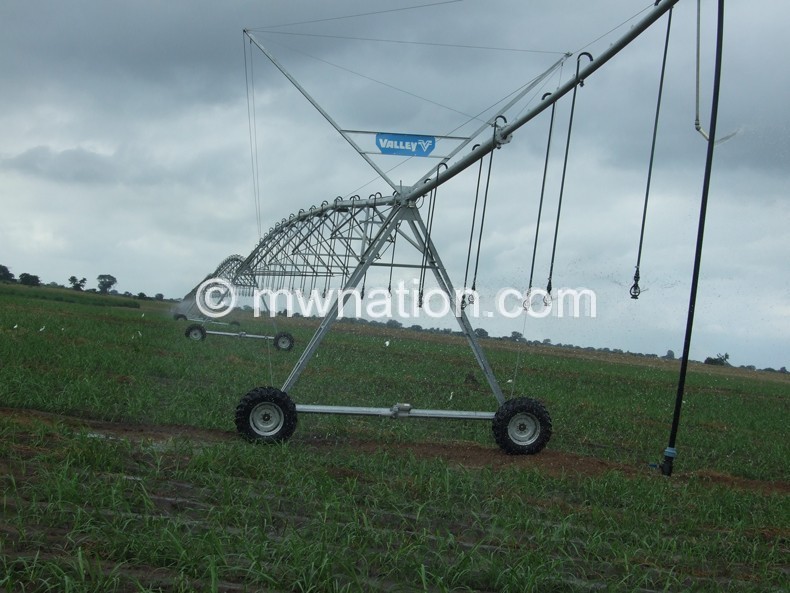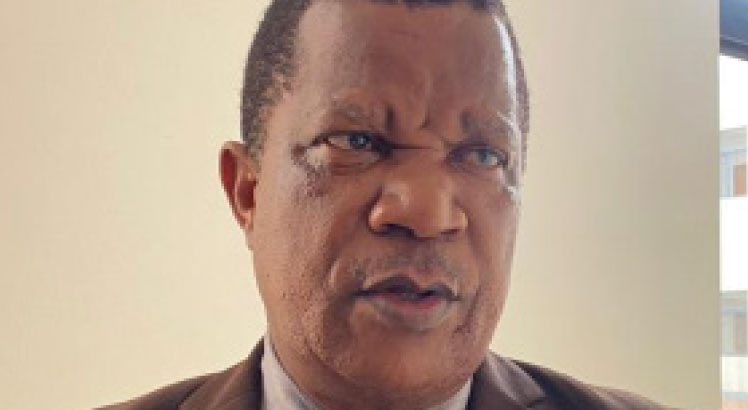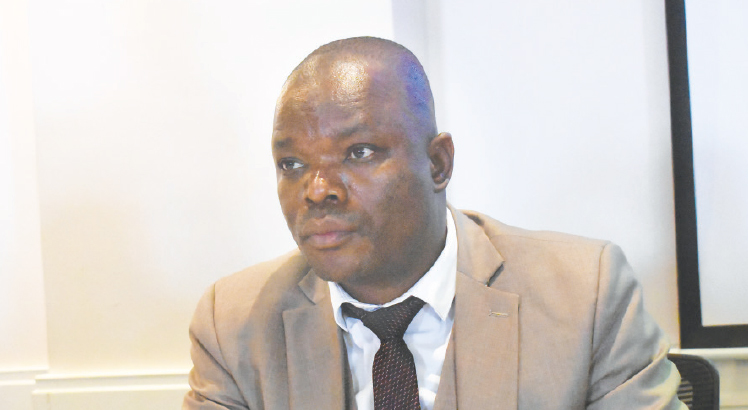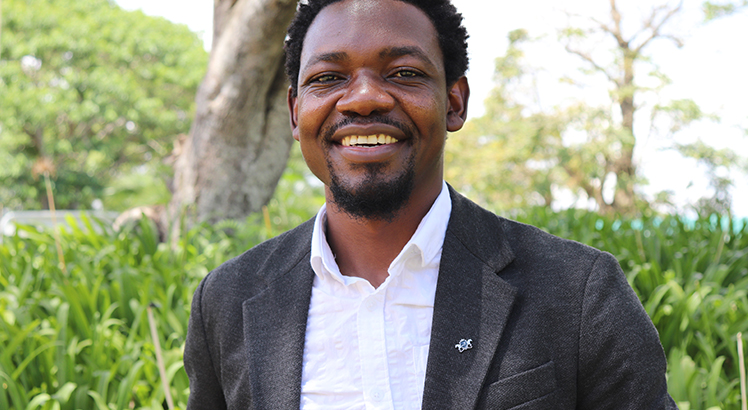Greenbelt Initiative to boost cotton production
The commissioning of Ngabu Greenbelt Association scheme will boost the production of cotton in the Shire Valley from 300 metric tonnes (MT) to 700MT through irrigation with potential to put 1 000 hectares of land for cotton irrigation. Our Reporter Patrick Lunda caught up with Nchalo Greenbelt Limited general manager Richard Nkhwazi to shed more light.

You have commissioned a second project of the Greenbelt Initiative for cotton production under Ngabu Greenbelt Association after Nchalo. What moved you to do this?
There are two main reasons we have developed a second scheme after the Nchalo project. Firstly, it is the market demand of irrigated cotton which the company has received from our market. On the other hand, the successful implementation of the first phase at Nchalo, which has proved beyond reasonable doubt that the irrigated cotton is the only applicable way of closing the gap. Currently, the country is experiencing low yields due to erratic rain patterns coupled with high costs of inputs if done at household level.
How important is this project to cotton production under the Greenbelt Initiative the company is implementing?
As I said, this is the key to rejuvenating the dying cotton sector which has seen a steady decline in seed cotton output, resulting in other ginneries winding up.
Issues of land are contentious how did you manage to convince the farmers to abandon the crops they were cultivating for the cash crop? What are they benefiting?
Land issues indeed are very sensitive, especially that much of cultivable land is under subsistence farmers and is ancestral in its holding. Individually, a family holds land, which is part and parcel of their life. It’s their only valuable asset. In the Shire Valley, the climatic conditions are so severe that farmers opt to grow their food crops along the Shire River banks. This made most upland areas remaining idle and not very productive. These are the areas which the communities under the association came to the agreement that they should be amalgamated together in order to use them as commercial farms and tap into economies of scale as Illovo is doing through the company management.
The benefits are so great for these farmers. Every shareholder (farmer) is eligible to work at the scheme. A monthly pay is given as workers. There is a 10 percent food security arrangement. A 10 percent of the cash crop field is grown with maize for the members, which in turn is shared to members for free. This is to support them as they wait for the dividends for the cash crop and that they must not face hunger as a result giving up their land for such a project.
With the commissioning of the Ngabu Greenbelt Limited for cotton production what is your expectation as far profits to the farmers as well as Admarc the financiers and buyers is concerned?
This scheme is 1 000 hectares. For Admarc it means after the season they will have enough seed cotton for ginning and exporting of lint. To farmers, an increased size of members will have access to the benefits stated and in turn lives of many locals, who are now part of this huge investment, will be transformed.
Tobacco which has been our top foreign exchange earner is facing some challenges do you think this initiative has the potential to replace tobacco?
This initiative has the potential to replace tobacco if we continue to expand the hectarage under irrigated cotton. For example a single ginnery requires a minimum of 25 000 metric tonnes (mt) of seed cotton to run across a year. With the local market that are currently supplying the seed cotton, they have four ginneries in Malawi. This means a year, Admarc needs approximately 100 000mt. If this is achieved, even with just one ginnery, the prospects are very high. We have more than four ginners in the country.
How unique is cotton production under the Greenbelt Initiative which is irrigation oriented?
We have seen, due to harsh weather what the country has been facing in the past years. Food and cash crop production has been going down and have always failed to meet the demands the nation and export market needed. A good example is our staple food maize.
This greenbelt initiative aims at such shocks by developing large schemes under irrigation, that in the case where the nation faces such shocks, we can come in and rescue.
How much has been invested in the project?
This is a project every patriotic Malawian must love and help if to grow to great scales, even to multiply them into other districts across the nation. In five to six years to come Malawi will be able to feed neighbouring countries and we will be an export hub of Africa when it comes to agricultural products.
So far K2 billion has been invested in the past one year. And for us to fully develop these irrigation infrastructure on 1 000ha, we need around $10 million (about K7.4 billion).





